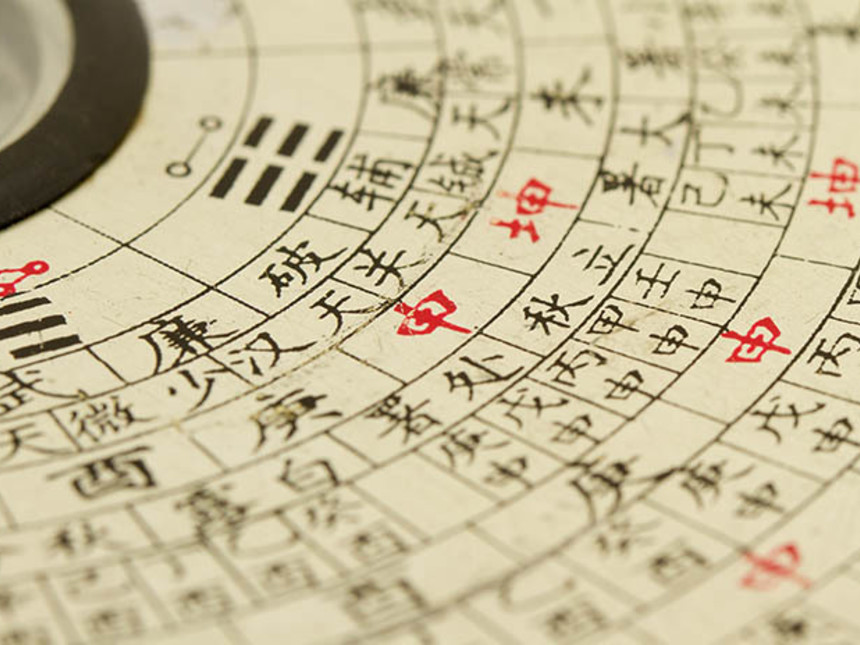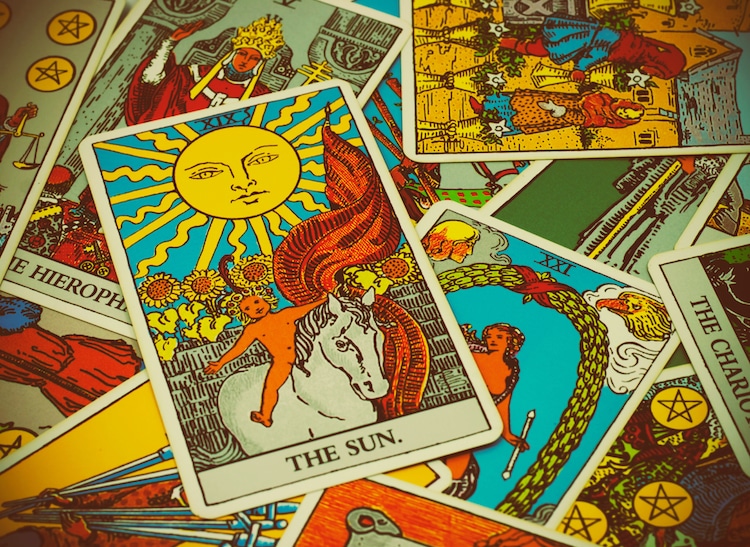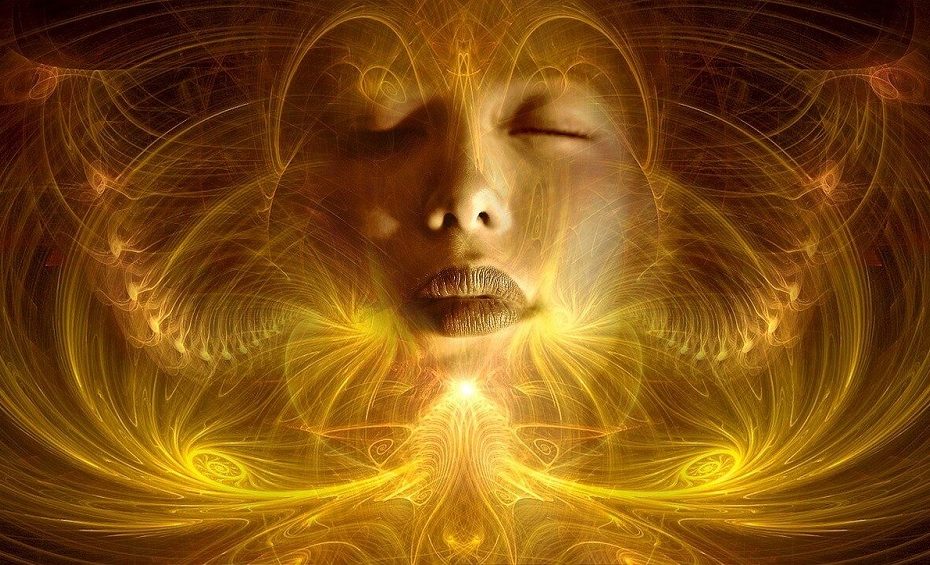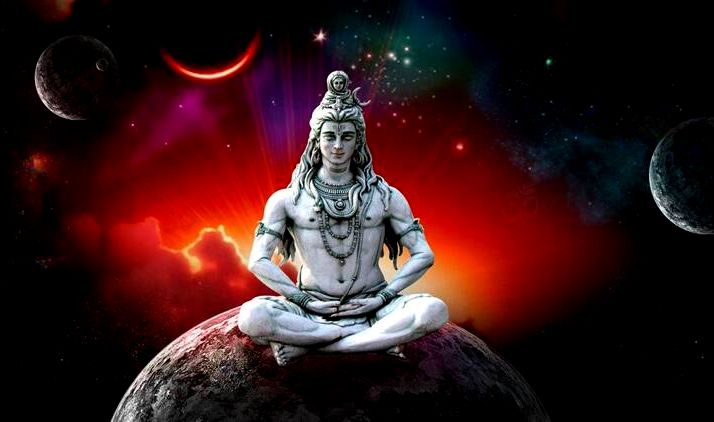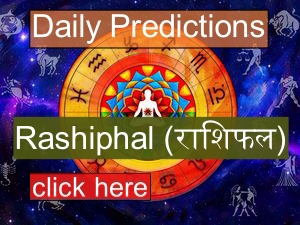VASTU: Indian Feng Shui

Vaastu is the science of the ‘living place’ or the dwelling. It can be compared to the Chinese Fung Shui. It focuses on harmonizing life according to the architecture, interior design and the landscape. A building is an extension of a person. It is connected to both the cosmic energies present in the environment and to the energy field of the occupants. Vastu is the science of building to bring health, prosperity, happiness and peace of mind.
Here are some examples of concepts utilized in Vastu. There are generalized for all and especially for public buildings. With astrology these indications can be more specified for individual homes. The plots refered to here are the different squares within the Vastu Purusha.
Water bodies are best made on North Eastern Side
South or South West is suitable for Dining Hall
Satyaka/Antariksha are suited for Bedrooms for all
Rooms for enjoyment (entertainment) should be located in the Shosha/Asura/Varuna plots
Kitchen should be in the SouthEast corner
Aditi plot is suited for Bathroom for all
In the Indra/Jaya should be located the dressing room
Study room should be in the Mriga area
Treasury for keeping valuables should be located in the Soma and Mriga plots
Servant quarters in the Indra/Mahendra plots are suitable
Boys room should be in the Savitra plot
Girls apartments should be in RajaYakshman plot
The room for amusement and luxuries should be built in the Soma plot
Family temple should be located in the Ahi plot
Store Room should be built either in Ahi or Mukhya plot
Flower pavilion/Garden should be located in Sosha or Asura plot
The main doors of the house should be either in the Mahendra, Pushpadanta, Mukhya or Grihakshata plot
In the central area (Brahma plot) should be built pavilion for ceremonies etc.
Kumbh Mela (Haridwar)

The Kumbh Mela is one of the most important gatherings for Hindus, taking place this year at Haridwar. There are special days dedicated for bathing in the holy Ganga.
The Kumbh Mela is the largest gathering of humanity in history. It takes place every third year at Allahabad, c. This year the fair is being held at Haridwar. The festival begins on January 14, which is Makar Sankranti and ends on April 28.
Haridwar means the Gateway to God. It is a town at the foothills of the Himalayas and the sacred river Ganga enters the plains at Haridwar. The pilgrimage to Badrinath, Kedarnath, Gangotri and Jamnotri begins at Haridwar and that is the reason for its name.
The Mythology and the Astronomy of the Kumbh
The Kumbh has its origins in one of the most intriguing tales from Hindu mythology. The pot containing amrit was obtained from the churning of the oceans. Kumbh literally means pot and amrit is the nectar of immortality. Garuda, the divine bird, flew away with the pot so as to prevent it from falling into the hands of the demons. During the flight a few drops of the nectar spilled at Allahabad, Haridwar, Ujjain and Nasik making these places eternally holy.
The Kumbh Mela coincides with a particular pattern of planets that is believed to be holy. This pattern repeats every third year marking those years out for the fair.
Ritual Bathing in the Ganga During the Kumbh
As such there are several religious activities that take place during the Kumbh fair. These include religious discourses, community singing of bhajans and ritual sacrifices. But the most important aspect of the Kumbh is ritual bathing in the Ganga. Certain days have been designated for bathing and it is those days that draw the maximum crowd. These days have special significance. The dates given relate to this Kumbh fair only.
The first bath is on January 14. This is the auspicious day of Makar Sankranti when the sun begins its northward journey. The second bath is on January 15, which is known as Mauni Amavasya. Mauni pertains to the vow of silence, which is a spiritual practice advocated in Hinduism. Amavasya is the night of the new moon. Mauni Amavasya falls in the Hindu month of Magh and is the last day of the traditional period of observing the vow of silence. This year there is a solar eclipse on January 15 and ritual bathing after an eclipse is considered mandatory.
The third bath is on January 20. This is Basant Panchami, which heralds the advent of spring. Apart from having agricultural significance, Basant Panchami is the day for paying homage to Saraswati, who is the consort of Brahma and the Goddess of learning and the arts. The fourth bath is on January 30. The full moon night of the month of Magh falls on this day.
The first royal bath (shahi snan) is on February 12. Shivratri falls on this day. Shivratri is celebrated as the wedding anniversary of Shiva and Parvati. This marriage is believed to be one of the grandest in Hindu mythology. A shahi snan is when the various sects of ascetics take the ritual bath. Many believe that there is no sight more awesome than this.
The second royal bath is on March 15, which is Somvati Amavasya. The significance of this day, narrated to Yudhishthir by Bheeshma in the Mahabharata, is that bathing in the sacred rivers leads to prosperity, health and happiness. It is also believed that the souls of ancestors will rest in peace if the descendants bathe in the holy rivers on this day.
The fifth bath is on March 24 on Rama Navami. This is the birth anniversary of Rama, who was born on the ninth day of the bright fortnight of Chaitra. The sixth bath is on March 30. Purnima, or the full moon night, of the month of Chaitra falls on this day.
The main royal bath is on April 14. This is the first day of the Hindu New Year, which begins with the month of Vaisakha. The seventh bath is on April 20. This is the last day of the Kumbh Mela and is the full moon night of the month of Vaisakha.
The dates of the Kumbh Mela, and especially the auspicious bathing dates, highlight the importance of astronomical positions in Hinduism.
Sacred Rudraksha


According to mythology, Rudraksha is the tear center of Lord Shiva's eyes, which is like the Lord Shiva himself. Rudra means terrible and Aksha means eyes and the axis. Even in his angry form, Lord Shiva is beneficial, When he opens his third eye, He even turns Kama to ashes. In fact, Lord Shiva is the axis, the base, foundation of the world. The Rudraksha has originated from the aqueous drop center of the eye of the Lord and is very beneficial for human beings.
At one time the Rudraksha was very popular in India. All young and old men, and even women used to wear Rosaries of Rudraksha. First Mohammedans came to India and then the British followed. Both ruled our country. During this period the importance of the Rudraksha diminished. These foreign people began to call those men who sported the Rudraksha as uncivilized and barbarians. They would say that these Indians wear ornaments of seeds of just any tree. The Indians, fooled by the ignorant comments gradually gave up wearing Rudraksha. They even forgot its beneficial qualities.
The supreme father Lord Shiva went into deep samadhi. After the deluge for the sake of creating this world Lord Shiva went into meditation and turned his full attention inwards and got lost in deep penance. When his penance was complete and his eyes opened, along with all the Gods and Goddesses, the tears that fell upon the earth solidified and gave birth to Rudraksha. These are the solidified tears of pity that he sheds at the woes of his bhakts. These trees bear fruit, which are indeed the Rudraksha. These fruits like Rudraksha are used as ornaments by all the Gods and Goddesses for their own well being.
To select and wear your right Rudraksha call or contact us with your Birth Details for further guidence.
Comments
No posts found


